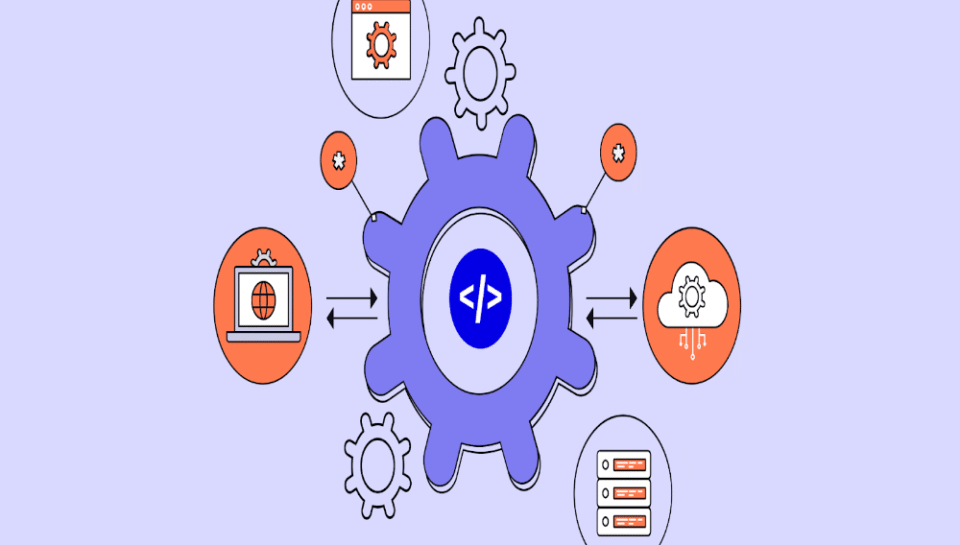
What are the common types of system integration for startups?
Application Programming Interface (API) Integration
- Connects software tools using APIs to exchange data automatically.
- Enables deep integration with platforms like Stripe, Shopify, Salesforce, or Twilio.
- Allows custom workflows and real-time syncing between applications.
- Supports both internal and third-party software connections.
- Offers flexible and scalable integration architecture.
Third-Party Integration Tools (iPaaS/No-Code)
- Uses integration platforms such as Zapier, Make (Integromat), or Workato.
- Allows non-developers to connect cloud apps using visual builders.
- Simplifies automation of simple workflows between SaaS tools.
- Reduces the need for custom coding or internal development resources.
- Ideal for small teams needing quick integration across business apps.
Database-Level Integration
- Synchronizes data across different systems using direct database access.
- Consolidates records from multiple data sources into a central repository.
- Powers dashboards, reporting tools, and unified data views.
- Requires technical configuration and security controls.
- Often used in combination with analytics or ERP systems.
Cloud Service Integration
- Connects cloud-based services and SaaS platforms.
- Allows tools like CRMs, finance systems, and project managers to communicate.
- Enables cross-platform syncing through cloud-native APIs.
- Supports scalability and mobile access.
- Common in remote-first or digital-native startups.
Custom Integration via Middleware or Microservices
- Uses custom code or middleware to link legacy or niche systems.
- Enables highly specific workflows tailored to business logic.
- Often deployed in growing startups with unique product environments.
- Supports modular service architecture and ongoing evolution.
- Requires developer involvement and ongoing maintenance.





